Uncomplicated Labor and Delivery Upper Neck Misalignment May Cause Complicated Birth Process
Autism Might Be Linked With Inducing and Speeding Up Labor (STUDY)
The biggest study of its kind suggests autism might be linked with inducing and speeding up labor, preliminary findings that need investigating since labor is induced in increasing numbers of U.S. women, the authors and other autism experts say.
It’s possible that labor-inducing drugs might increase the risk – or that the problems that lead doctors to start labor explain the results. These include mothers’ diabetes and fetal complications, which have previously been linked with autism.
Like most research into autism causes, the study doesn’t provide conclusive answers, and the authors say the results shouldn’t lead doctors to avoid inducing labor or speeding it up since it can be life-saving for mothers and babies.
Simon Gregory, lead author and an associate professor of medicine and medical genetics at Duke University, emphasized, “We haven’t found a connection for cause and effect. One of the things we need to look at is why they were being induced in the first place.”
Government data suggest 1 in 5 U.S. women have labor induced – twice as many as in 1990.
Smaller studies suggested a possible tie between induced labor and autism, but the new research is the largest to date, involving more than 600,000 births. The government-funded study was published online Monday in JAMA Pediatrics.
The researchers examined eight years of North Carolina birth records, and matched 625,042 births with public school data from the late 1990s through 2008. Information on autism diagnoses didn’t specify whether cases were mild or severe. Labor was induced or hastened in more than 170,000 births.
Overall, 5,648 children developed autism – three times as many boys as girls. Among autistic boys, almost one-third of the mothers had labor started or hastened, versus almost 29 percent of the boys without autism. The differences were less pronounced among girls.
Oxytocin and prostaglandins are used to start or speed up labor but the study doesn’t identify specific medications.
The strongest risks were in boys whose mothers had labor started and hastened. They were 35 percent more likely to have autism.
Among girls, autism was not tied to induced labor; it was only more common in those born after labor was accelerated; they were 18 percent more likely to have the developmental disorder than girls whose mothers had neither treatment.
Autism affects about 1 in 88 U.S. children. Symptoms may involve communication problems including avoiding eye contact and unusual repetitive behavior including arm-flapping. Causes are uncertain but experts believe it probably results from a combination of genetics and other factors. These may include mothers’ illnesses and medication use while pregnant, fathers’ age at conception, and problems affecting the fetus during childbirth – all suggested but not proven in previous research.
The study’s biggest strength is bolstering the growing consensus that risks for autism occur before birth or soon after, said Dr. Byron King, director of Seattle Children’s Hospital’s autism center. He was not involved in the study.
Upper Cervical Care and Pregnancy Worry Free Delivery
 The top two of the spine have horizontal joint surfaces, which allows almost all of the head movements. These joints do not have the same boney locking mechanisms that the other spinal joints do. Small and large trauma to the upper neck will force the bones out of alignment. This will tilt the head and then the rest of the spine and pelvis needs to compensate. In caring for almost 10,000 patients over the last 30 years, we have witnessed that in almost 100% of the time, when the upper neck is misaligned, the pelvis pulls up on one side. For the pregnant mother, this and tension in the ligament that attaches the placenta to her pelvis. Realigning the upper neck, balances the pelvis, and allows the baby to move freely in the womb, and can speed up the labor and delivery process.
The top two of the spine have horizontal joint surfaces, which allows almost all of the head movements. These joints do not have the same boney locking mechanisms that the other spinal joints do. Small and large trauma to the upper neck will force the bones out of alignment. This will tilt the head and then the rest of the spine and pelvis needs to compensate. In caring for almost 10,000 patients over the last 30 years, we have witnessed that in almost 100% of the time, when the upper neck is misaligned, the pelvis pulls up on one side. For the pregnant mother, this and tension in the ligament that attaches the placenta to her pelvis. Realigning the upper neck, balances the pelvis, and allows the baby to move freely in the womb, and can speed up the labor and delivery process.
Originally written by Follow AP Medical Writer Lindsey Tanner
http://www.twitter.com/LindseyTanner




